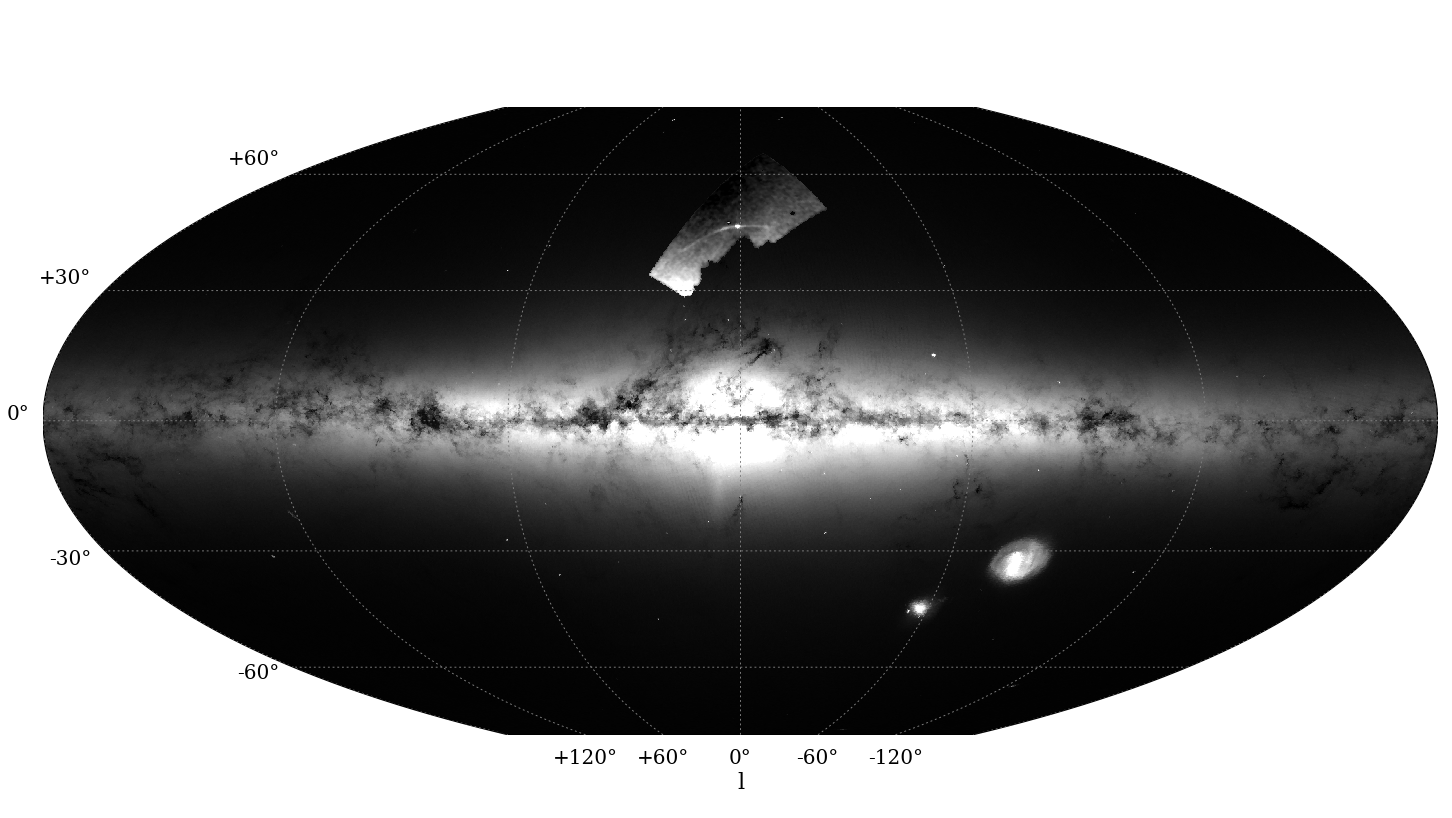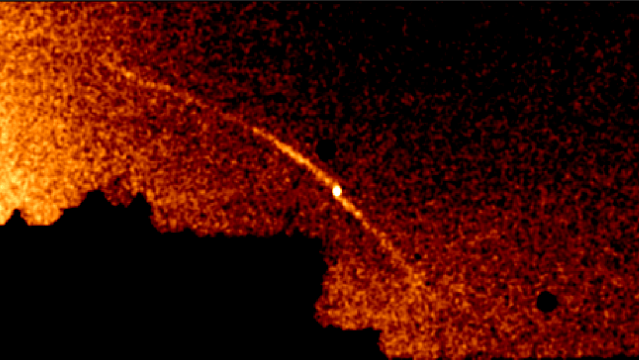Some 80,000 light-years away, a group of black holes is slowly becoming the only show in town, according to a team of astronomers that recently modelled a globular cluster called Palomar 5. The cluster, which has streams of stars issuing from two arms on either side of it, will eventually be solely constituted by black holes.
Palomar 5 is a 10-billion-year-old globular cluster orbiting in the halo of our galaxy. It’s less massive but more sprawling than typical clusters, and its black hole-iness is described by researchers in a paper published this week in Nature Astronomy.
“The number of black holes is roughly three times larger than expected from the number of stars in the cluster, and it means that more than 20% of the total cluster mass is made up of black holes,” said Mark Gieles, an astronomer at the University of Barcelona and lead author of the study, in a university press release. “They each have a mass of about 20 times the mass of the Sun, and they formed in supernova explosions at the end of the lives of massive stars, when the cluster was still very young.”

The team modelled the orbits and evolutions of each of the stars in the cluster, from formation to death. The team determined that Palomar 5 initially had a lower black-hole-to-star ratio, but stars had an easier time making it out of the globular cluster than the very massive black holes. The most massive black holes sank into the centre of the cluster, while other objects (stars, but also some smaller black holes) were ejected through gravitational interactions with those more massive black holes and black hole binaries.
“This work has helped us understand that even though the fluffy Palomar 5 cluster has the brightest and longest tails of any cluster in the Milky Way, it is not unique,” said Denis Erkal, an astrophysicist at the University of Surrey in the United Kingdom and a co-author of the study, in the same release. “Instead, we believe that many similarly puffed up, black hole-dominated clusters have already disintegrated in the Milky Way tides to form the recently discovered thin stellar streams.”
The team determined that, in a billion years, just before the cluster completely dissolves, it will be dominated by the black holes that are congregating at its centre. A dark ending for the cluster, perhaps, but maybe that’s why so many stars are leaving the party early.
